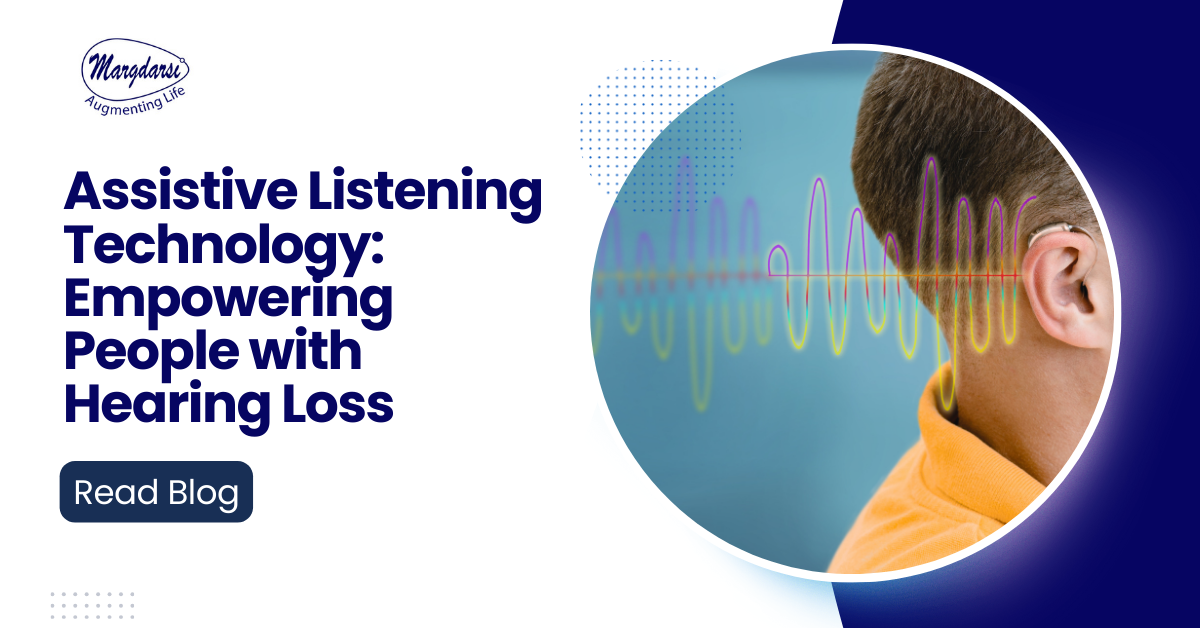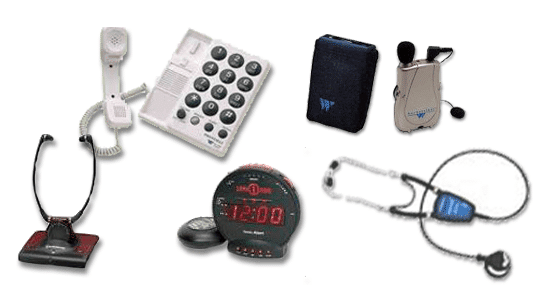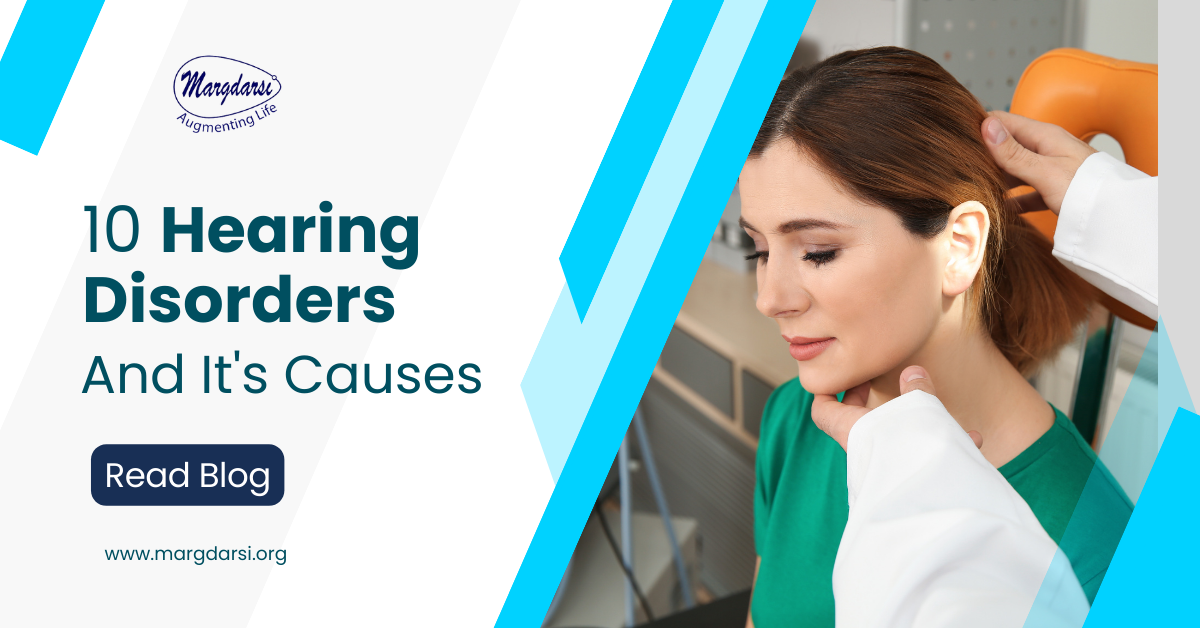
Assistive Listening Technology: Empowering People with Hearing Loss
admin
- 0
What is Assistive Hearing Technology?
Assistive technology encompasses a range of devices and systems designed to improve the auditory experience of individuals with hearing loss.

Types of Assistive Hearing Technology
Some common examples include hearing aids, cochlear implants and personal sound amplification products.
These technologies aim to amplify sounds, enhance speech clarity or provide alternative ways of perceiving sound to help people with hearing impairments communicate and engage more effectively in various environments.
Advancements in this field continue to evolve, offering improved features and connectivity options for users. Assistive hearing technology has revolutionized the lives of individuals with hearing impairments, enabling them to overcome barriers and engage more fully in society.
Read More: Hearing Care In Odisha
Connectivity and Smartphone Integration
Assistive hearing technology encompasses a wide range of devices and solutions, each tailored to meet the specific needs of individuals with varying degrees of hearing loss. Among the most prevalent are the hearing aids.
These small discreet devices are designed to amplify sounds and improve speech clarity.
Recent advancements include digital signal processing, adaptive noise reduction and connectivity features, making modern hearing aids more effective and user-friendly.
Cochlear implants represent another groundbreaking development.
These surgically implanted devices bypass damaged parts of the ear to directly stimulate the auditory nerve, offering profound benefits to those with severe profound hearing loss.
Read More: Best Hearing Centre In Odisha
Personal sound amplification products provide an affordable alternative for individuals with mild hearing impairments.
These devices amplify ambient sounds, making them ideal for various situations, from watching TV to participating in conversations.
Furthermore, assistive technology has embraced connectivity and smartphone integration.
Many hearing aids and PSAPs can now connect to smartphones via Bluetooth, allowing users to customize settings, stream audio and even control them remotely through dedicated apps.
This level of integration not only enhances the user experience but also reduces the stigma associated with hearing aids.
In conclusion, assistive technology has come a long way, empowering individuals with hearing loss to lead more fulfilling lives.
As technology continues to advance, we can expect even more innovative solutions that further bridge the gap between those with or without hearing impairments.


